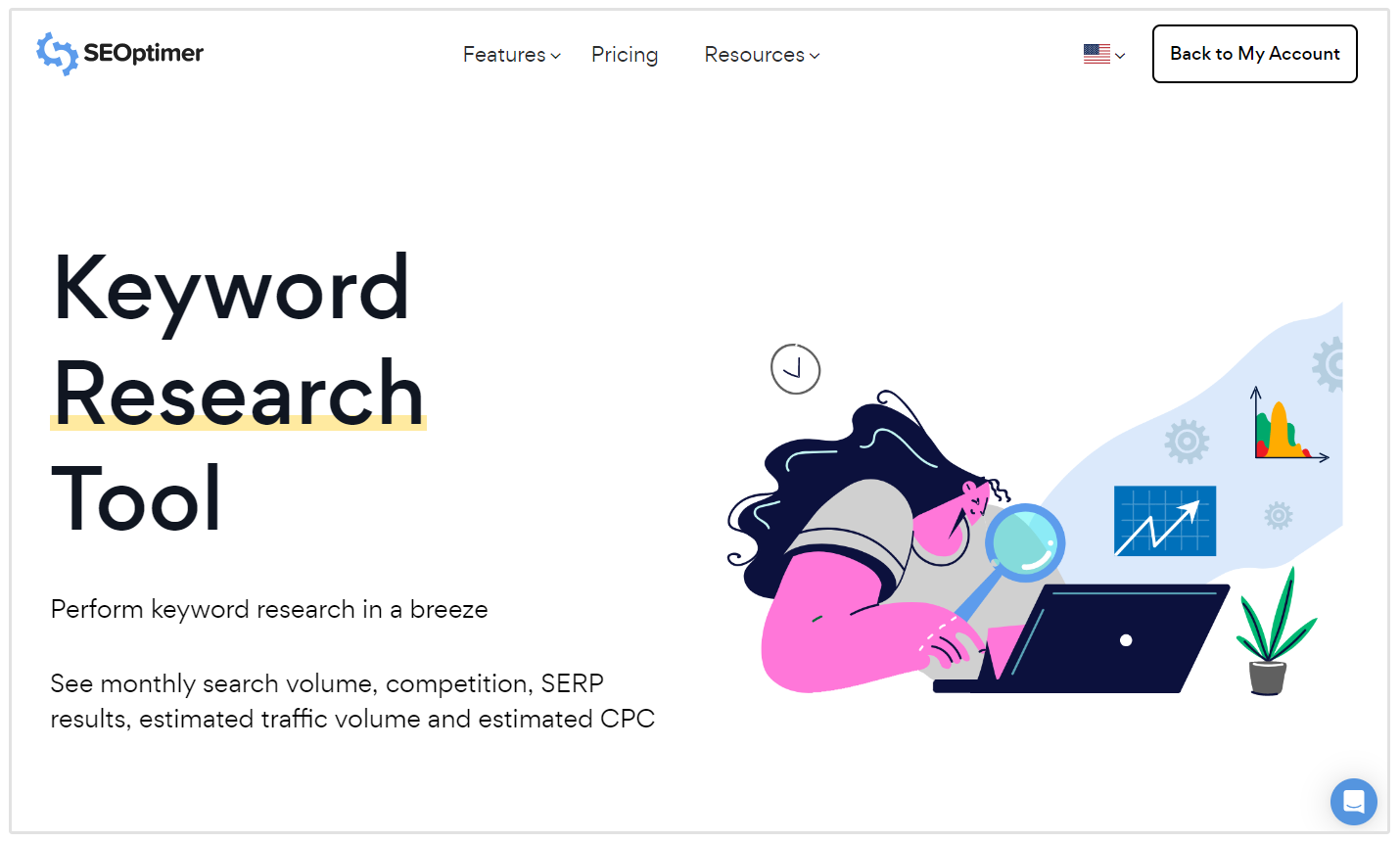Debunking Secondary Dimensions in Google Analytics: Definition and Practical Applications
Wiki Article
Harnessing the Power of Additional Measurement in Google Analytics to Refine Your Advertising And Marketing Method and Drive Results
In the world of digital advertising, the ability to adjust methods and achieve concrete results is vital for businesses aiming to remain affordable in today's landscape. Leveraging the power of second measurements within Google Analytics opens a realm of possibilities for marketers looking for to acquire deeper insights right into customer habits and tailor their projects with precision. By discovering hidden patterns and refining target market division, businesses can craft targeted approaches that reverberate with their customers on an extensive level. The possible to determine campaign efficiency with a granular lens further emphasizes the importance of utilizing this device to drive success.Recognizing Second Measurements
When analyzing data in Google Analytics, recognizing secondary measurements is crucial for getting deeper insights into individual actions and site performance. Primary dimensions supply fundamental info such as the variety of sessions or individuals, however second measurements provide an even more comprehensive view by allowing users to section and assess data better. By including an additional measurement, online marketers can refine their analysis and reveal important patterns that might have otherwise gone undetected.
Secondary measurements in Google Analytics can be related to numerous metrics such as traffic sources, individual demographics, and behavior circulation. As an example, by incorporating the key measurement of 'touchdown pages' with the second measurement of 'device classification,' marketing professionals can establish which devices are driving web traffic to particular landing pages. This details can assist optimize web site style and material for much better customer experience across various gadgets
Analyzing Customer Habits Patterns
To efficiently recognize individual actions patterns, an extensive evaluation of data within Google Analytics is necessary. By diving into user actions patterns, marketing experts can gain beneficial insights into just how visitors connect with their web site, which web pages are most engaging, and where potential traffic jams or drop-off points may exist in the conversion channel. Google Analytics uses a variety of tools to analyze individual habits, such as behavior flow records, event tracking, and objective funnels.Habits flow records provide a graph of exactly how users navigate through the site, revealing the most usual paths individuals take as well as where they hand over. Occasion monitoring allows online marketers to keep track of certain interactions on the website, such as switch clicks or video views, providing a deeper understanding of user interaction. Objective funnels track the steps individuals take towards completing a specific goal, highlighting locations for improvement in the conversion process.
Enhancing Target Market Division
Upon assessing individual behavior patterns, marketers can even more maximize their strategies by improving audience division strategies in Google Analytics. Target market division permits the categorization of site site visitors right into particular teams based upon different characteristics such as demographics, behavior, and passions. By utilizing Google Analytics' additional measurements, marketers can improve these segments even better to get much deeper understandings right into their target market's preferences and activities.Enhancing audience segmentation makes it possible for marketing professionals to develop more targeted and customized advertising campaigns. By identifying unique user teams, marketers can customize their messaging, content, and offers to better resonate with each section's distinct features and needs. This degree of personalization can substantially boost interaction, conversion prices, and total marketing performance.
Additionally, with enhanced target market division, marketers can better understand the client trip and maximize touchpoints along the course to conversion. By examining just how various sectors connect with the website and advertising channels, marketers can determine chances to boost user experience, address discomfort factors, and eventually drive more conversions. Overall, refining target market segmentation in Google Analytics is a powerful strategy for making the most of marketing effectiveness and driving lasting business development.
Tailoring Marketing Campaigns
Marketing professionals can enhance their advertising campaigns by personalizing content and messaging to match the distinct characteristics and needs of certain audience sections. Customizing advertising projects entails developing tailored experiences that reverberate with different teams of customers. By leveraging understandings from additional dimensions in Google Analytics, online marketers can gain a much deeper understanding of their audience's behavior, choices, and demographics. This data permits for the development of targeted projects that speak directly to the interests and discomfort points of particular segments, raising the likelihood of interaction and conversion.Through the analysis of additional dimensions such as web traffic resources, gadgets made use of, or geographic location, my review here marketers can adjust their messaging to be extra impactful and relevant. As an example, a shopping business may discover with Google Analytics that site visitors from social media sites channels have a greater conversion rate than those from organic search. Armed with this knowledge, the business can change its useful site advertising and marketing technique to concentrate much more on social media systems to drive better results. By tailoring advertising and marketing projects based on understandings from secondary dimensions, businesses can maximize the efficiency of their efforts and ultimately drive much better ROI.
Gauging Project Performance

One essential element of determining project efficiency is tracking conversions. By establishing up objectives in Google Analytics, services can keep an eye on details actions taken by individuals as a result of the campaign, such as signing or making a purchase up for a newsletter. Recognizing the conversion rate and the conversion path can provide valuable insights right into the performance of different advertising and marketing channels and messages.
Moreover, examining metrics such as click-through rates, bounce prices, and session period can help marketing professionals examine individual involvement and the effect of the campaign on website web traffic. By combining key metrics with secondary dimensions in Google Analytics, companies can fine-tune their advertising approaches, enhance project efficiency, and drive much better results.
Verdict
In conclusion, utilizing the power of find here secondary measurements in Google Analytics can offer important insights into customer behavior patterns, enhance target market division, dressmaker advertising and marketing projects, and action campaign efficiency. By using this function efficiently, organizations can refine their advertising methods and drive much better outcomes. It is important for marketers to take advantage of the data offered with additional measurements to make educated choices and enhance their advocate optimal effect.
Report this wiki page